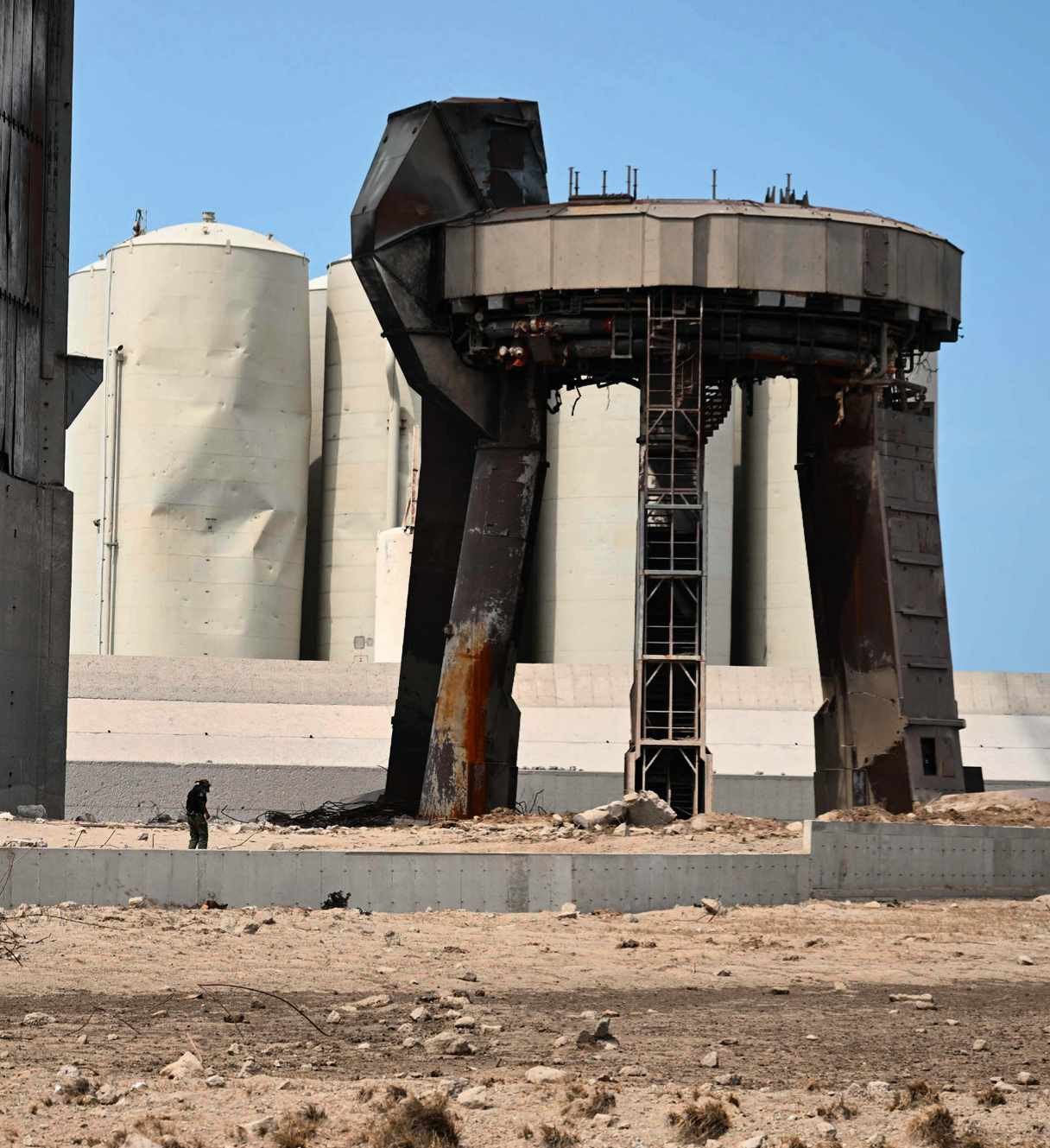The Moon mission’s latest triumph has been followed by a potential new setback

NASA’s Artemis programme has taken a giant leap forward, but also a small step back on its journey towards setting the first woman and first person of colour on the Moon’s surface in the next few years.
On 3 April, NASA announced the four crew members who would take part in the Artemis II mission, which is currently scheduled for 2024. The crew will consist of veteran NASA astronauts Reid Wiseman, Victor Glover and Christina Koch, the latter of whom has already made history by taking part in the first all-female spacewalk alongside Jessica Meir. They will be joined by first-time astronaut Jeremy Hansen from the Canadian Space Agency.
The Artemis II crew will be the first to launch into space on the Space Launch System (SLS) rocket and to travel in the Orion crew module. This mission won’t set down on the lunar surface, but will instead fly a figure-of-eight path around the Moon before returning to Earth. This will serve as a test of all the spacecraft’s systems and procedures.
If all goes well, the Artemis III crew will attempt a landing a year or so later. They will head to the lunar surface in a variation of SpaceX’s Starship, which had its first full test launch on 20 April. The vehicle made it off the launch pad at the company’s Starbase facility in Boca Chica, south Texas, despite only 27 out of its 33 Raptor engines firing. However, at 39km altitude several issues forced SpaceX to ‘order a rapid unscheduled disassembly before stage separation’, as the company referred to the rocket’s explosion on Twitter.

Although the explosion was not regarded as a disaster – SpaceX’s main goal was getting the rocket off the launch pad, so they classed the mission as a success – the launch did cause extensive damage to the launch pad. The powerful thrusters blew a crater in the concrete, while flying debris damaged the surrounding infrastructure.
SpaceX had been preparing a watercooled steel plate to distribute the heat of the launch, but it wasn’t ready for the test. As previous static fire tests suggested the pad could withstand a single launch, they proceeded – despite the previous tests not being done at full power. The company hopes to repair the pad and return to operations within a few months, but the damage could prove to be a backwards step for Artemis. www.nasa.gov